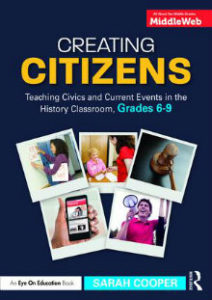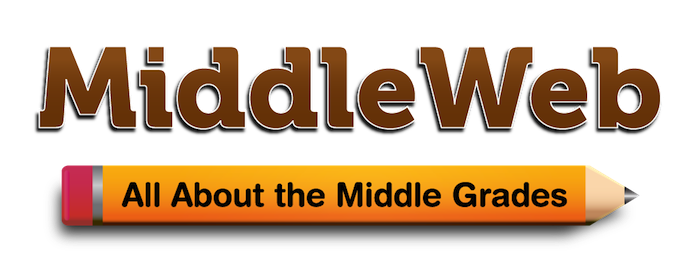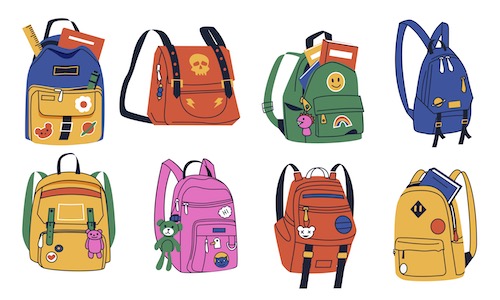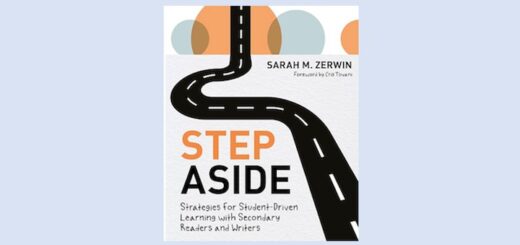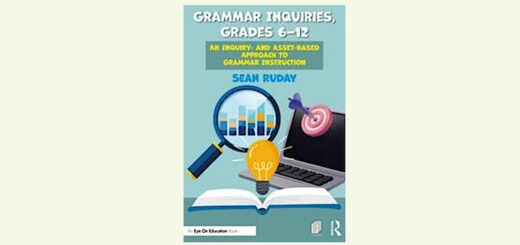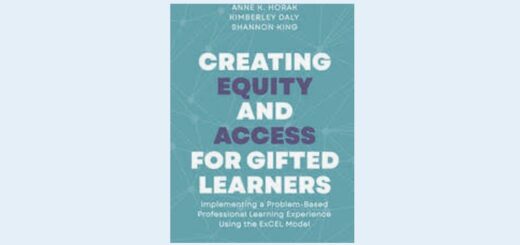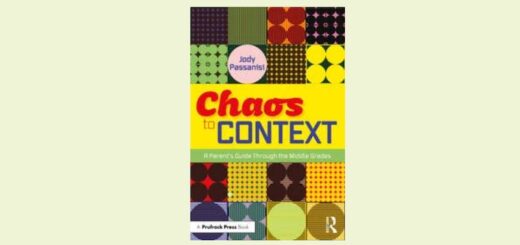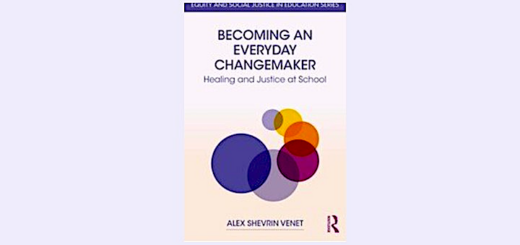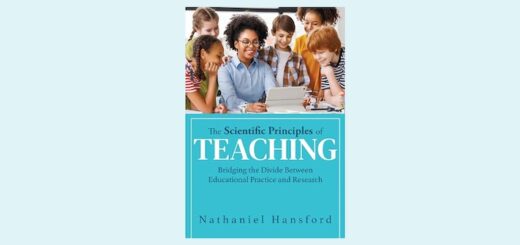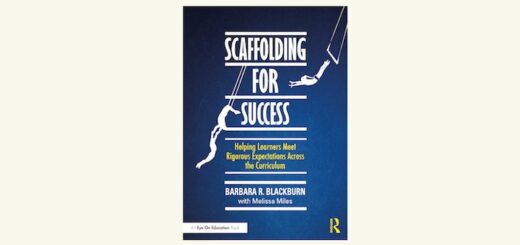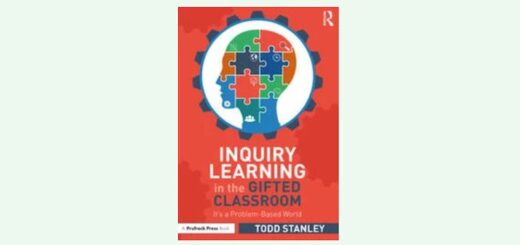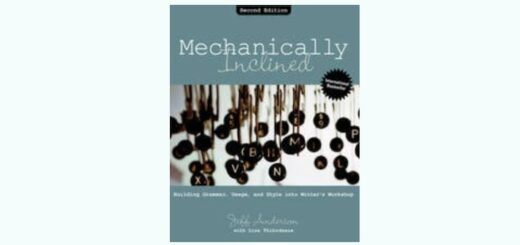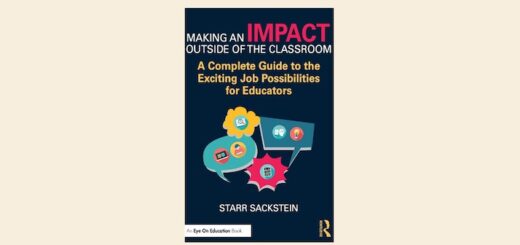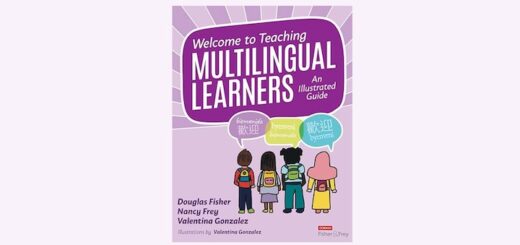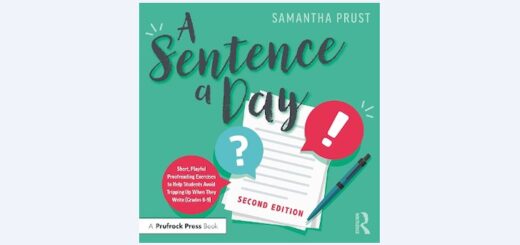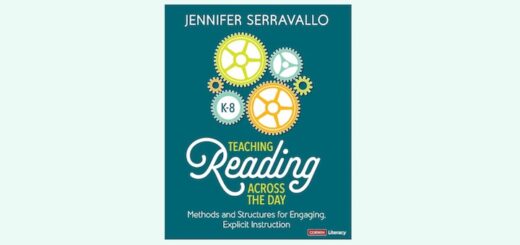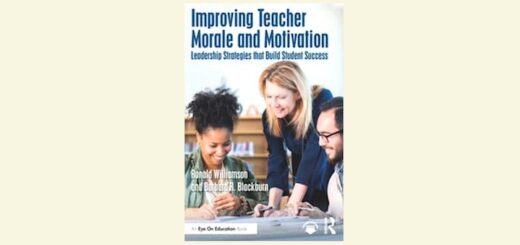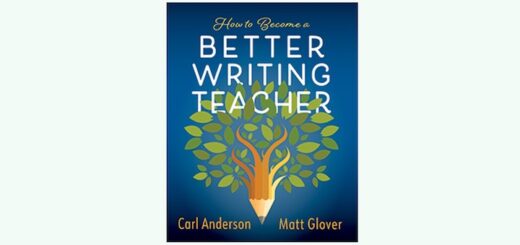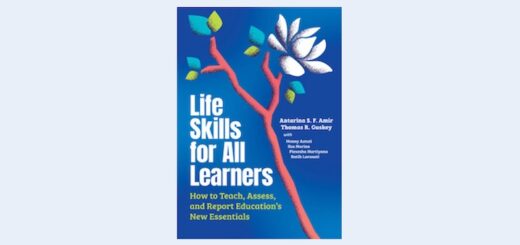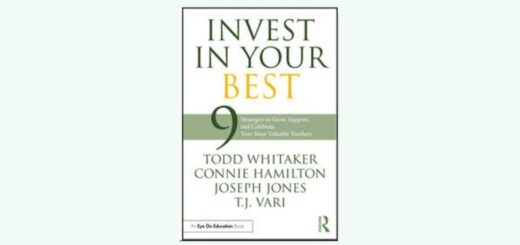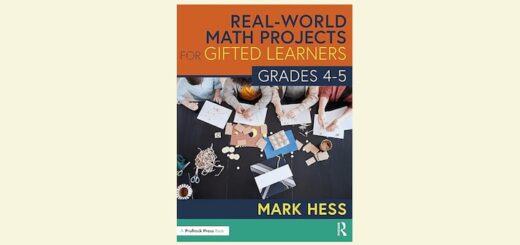Giving Students Agency to Help Tilt the World
By Sarah Cooper
 Every once in a while, I think about dropping regular discussions of current events from my eighth-grade history and civics class.
Every once in a while, I think about dropping regular discussions of current events from my eighth-grade history and civics class.
Why? It would be easier to teach about the dormant past, not the contentious present. There would be fewer moments of discomfort. I would not be scanning the newspaper each morning to find an optimal article – not too traumatic, not too politicized – to share with my middle schoolers.
But every time over the past decade when I’ve considered focusing simply on history rather than also history-in-progress, I return to the same convictions:
- We teach the past and the present to give students agency over their present and future.
- Without knowing about the present, students can’t effectively prepare for their future.
- By teaching about past and present together, we can give these young adolescents agency to tilt, if not outright change, the world they witness.
As Thomas Jefferson wrote in a letter from January 1789, just before the U.S. Constitution went into effect: “Wherever the people are well informed, they can be trusted with their own government.”
Most days in my classes, helping students feel informed comes through a combination of the lofty and the basic: offering inspiration and inquiry while grounding ourselves in primary sources, including today’s news.
To see how this balance has looked recently in my class, please walk with me through the classroom door (watch out for the backpacks on the floor!) for one day’s snapshot into the power of eighth graders to notice, analyze, question and wonder.
A Daily Chat on Inspiration
It’s Thursday morning at 8 am the week after the Daylight Saving Time jump. We’re still recovering from the lost hour and dealing with the morning darkness. With rain outside, a few students trickle in early, keeping their hands warm around cups of tea.
This week I’ve been grading a set of reformers papers, our major research project for the year, which involves finding meaningful primary and secondary sources from databases such as ProQuest K-12 and also creating a Works Cited list in NoodleTools.
Although getting through these extended paragraphs is time consuming, as I say hello to my students I’m delighted to realize that I’ve been immersed, via Google Docs, in the thought processes of the middle schoolers sitting around this square arrangement of tables.
In the moment, I switch the daily chat question I had planned to this one:
“I’ve been so inspired reading your reformers papers this week – how much you connected with their actions, identified their strategies, and even sort of ‘befriended’ them. So today the chat is going to be to share something or someone that has inspired you recently. It could be something light, like the mac and cheese in the cafeteria today, or something deeper, like a family member or friend’s action.”
A couple of kids do mention today’s lunch special or a family dinner the night before, while others note their dad’s or little brother’s work ethic or their friends’ support. This gratitude lifts the tenor of class as we launch into our weekly current events presentations. It also reminds me that I want to do daily dedications this year during fourth quarter, and I make a mental note.
An Intense Set of Current Events Presentations
Today the news articles that our three presenters have chosen seem unremittingly intense – about a university employee suspended from campus, a graduate student arrested for protesting, and a recent execution by firing squad.
I remind students about our class norms for listening to each other, which we developed at the beginning of the year, and also about a plank of our school’s civil discourse guidelines: “Every point is worth sharing as long as it’s not harmful to myself or others.”
With the first two articles, students ask about protocols and precedents for suspensions or deportations. For the third, they bubble up an unexpected rush of comments for the presenter, so thoughtful I write a bunch down:
- What would you recommend instead of the death penalty?
- Is there a crime intense enough that you would suggest the death penalty for it?
- If we didn’t have the death penalty, would serious crimes like this happen more often?
- Kind of piggybacking on what [a classmate] said, do you believe that the life sentence in jail is appropriate?
- I agree there’s a lack of rehabilitation, but once you’ve murdered three or four people, there’s really no going back on that.
- They are going to end up dying in prison – do you believe in that?
Throughout I’m sitting in the corner, speaking up only occasionally to clarify context. At times I feel I’m tap-dancing through controversy while looking up additional information about our news articles that might help our understanding, such as why exactly the protester was detained and how different institutions are defining antisemitism.
Usually we find some lightness in these weekly presentations through a story about, say, a successful rocket launch or a Flamin’ Hot Cheeto shaped like a Pokémon character (for real). But today, as students head outside during our quick mid-class break (it’s a 70-minute block period), a few comment on how heavy the topics felt. These 13- and 14-year-olds are as aware as any adults would be about the tone of discussion, and I’m proud of their readiness to ask important questions.
A Gallery Walk of Changemaking Tactics in History
Even so, after the break I quickly adjust the rest of our lesson so it doesn’t pound anyone into feeling helpless, least of all me. We’re heading to the Museum of Tolerance in Los Angeles next week, and to prepare we’ve been focusing on stories of the Holocaust. I decide to save for another day short videos about Holocaust denial from local and national museums.
Instead, once the eighth graders return from filling water bottles and leaning on staircase railings, they take out notes on video testimony from the Righteous Among the Nations that we watched last class.
I say: “Please turn to your desk partner and list at least two qualities these rescuers needed to have to keep Jews and others safe during the Holocaust.” After a couple of minutes, we come up with a list including courage, selflessness and kindness.
Then we turn back to the reformers project. This week, students have posted one-pagers on the wall about their reformers, with a quote, photo, citations, and a few points about their impact.
“All right, everyone up! We’re going to get inspired again,” I say. “Take a few minutes to read through two one-pagers you haven’t looked at yet, and come back to your seat ready to share one tactic the reformer took that inspired you – related to the qualities we just talked about.”
As students return to their seats, they share stories of Harvey Milk’s running for office, Phyllis Schlafly’s preserving traditions, James Meredith’s desegregating a Southern university, Margaret Fuller’s writing for women’s rights.
And then there’s one more question I ask before we leave: “Would you have been one of the Righteous Among the Nations? Would you have risked your life and that of your loved ones?” Most say no, or that it would depend on who they were responsible for. We acknowledge how difficult such a sacrifice would be, standing alone in danger against the crowd.
Why This Story?
I tell you all of this not to show how much I admire my students – though I do – and not to showcase a particularly meaningful day in the classroom. (Sit down for a minute, and I’ll also tell you about the many times I’ve felt like a failure!)
I share all of this to show how much our students can understand, and how I believe it is our obligation as teachers of social studies (not to mention language arts, world languages, and many other disciplines) to explore imperative issues of the past and present.
Even when it’s uncomfortable, for us as well as for our students. Even when it feels like walking a tightrope where the end points keep shifting. Even when it would be infinitely easier not to.
